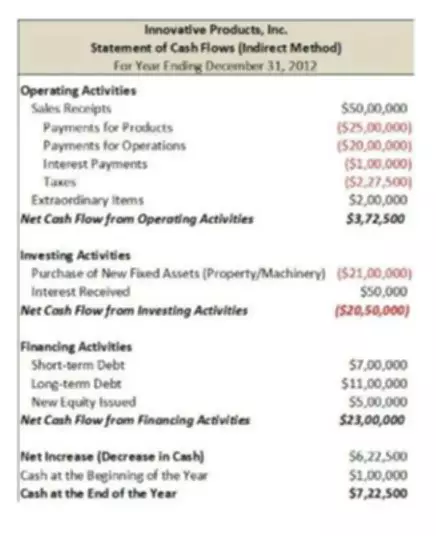Content

Reviewing the reports from your point of sale system you see that, as of the end of the quarter, your sales totaled $30,000. Finally, throughout the quarter, you purchased new yarn and accessories, which cost a total of $10,000. This brings us back to inventory valuation methods, including retail accounting. More on this in a bit, but first it’s important to understand the importance of accounting for the cost of inventory in your retail business.
High ticket items such as automobiles are the ones to which such a specific identification method is used. This method effectively tones down tedious inventory costing tasks and makes them way far manageable. It’s there in your balance https://www.bookstime.com/articles/retail-accounting sheet till the very second you sell it or account for it as shrinkage. When you make such a move, the expense for the purchase of the inventory gets recorded as cost of sales or as cost of goods sold on the profit and loss statement.
Pros and cons of retail accounting
And with QuickBooks, you can have multiple users – you and your accountant – giving you all access to those all-important figures. Cloud-based options, in particular, can really help you get a handle on your finances, even on the go, just like how the credit card functions and allows you to digitise your bookkeeping. But before you sign up for any software, you need to ensure that it’ll work for you and your business.

Using the retail method of accounting, retailers use the projected retail cost to value the inventory. Although you might seek the assistance of an e-commerce accountant to help manage your finances or open a bank account to sort out financial statements it’s still advisable that you understand the basics. Now, if maths and finances aren’t necessarily your forte, you need retail accounting software for your small business. Retail merchandising systems can process item level cost data across many SKU/location combinations at near-real time speeds, providing retailers the ability to use item level data in planning and analytics.
Keep business separate from personal
FreshBooks is a one-stop-shop solution that is used by millions of sole proprietors, small businesses, agencies, and professional services firms worldwide. This award-winning software is built to be fast and easy to use so you can devote more time to running your business and less time in managing your financials. Its specialties include professional invoice creation, time and expense tracking, seamless project collaboration, secure online payment, simple but powerful reporting, and mobile capability. The retail experience is constantly evolving with cashier-less stores, autonomous delivery systems and contactless point of sale systems. As brick and mortar shops compete with online storefronts, it is important to remain up to date with the latest technology advancements for the best customer experience.

You’ll then assume that the next 20 you sold were from the second order, meaning those dice cost you 7 cents each. If you buy goods for $70 and sell them for $100, your cost-to-retail ratio is 70 percent. The software offers Pro, Premium, and Quantum Accounting plans with the first one going for $44.97/month. You can sign up for Sage50 Cloud free trial to get a first-hand experience of its features.
Retail Operating System in action
The right retail accounting software will help you keep your finger on the pulse of your business and meet your customers’ ever-changing needs. With all the numbers at your fingertips, good accounting software can draw up reports and presentations that will help you see exactly how your business is performing. However, your store must use a consistent markup rate for determining sales prices to save time with the retail method. If you don’t have a standard markup rate, the IRS requires that you track the actual markup percentage for each product. It assumes that the cost of each unit sold in a given period and left in ending inventory afterward is the weighted average cost of those you had available for sale during that time. The specific identification cost method is the most straightforward approach to tracking your inventory.

